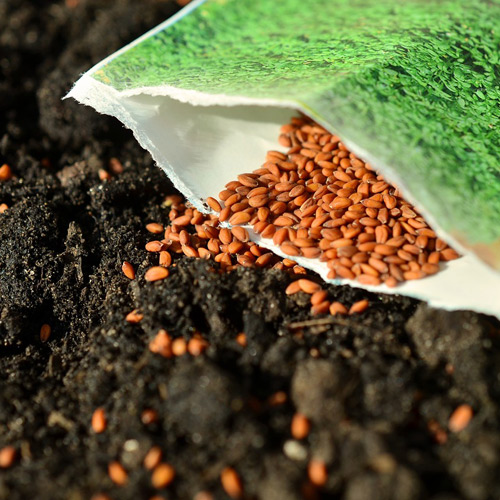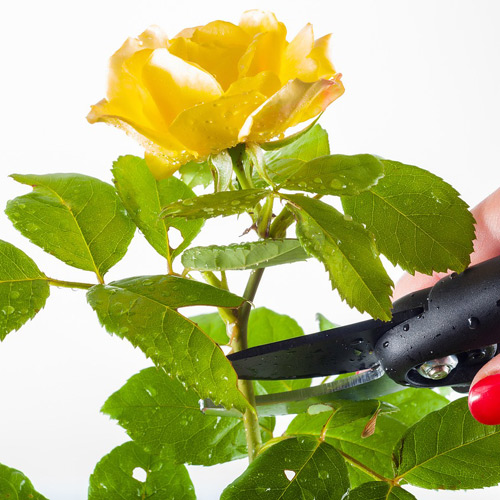Winter is the best time to prepare for spring planting season. By the time the season’s pollen has you sneezing, you could have everything on hand and in place for creating an outstanding outdoor area. The following preparation checklist can help you get a great start on a flourishing spring garden.
 Order Bulbs and Seeds
Order Bulbs and SeedsWinter is the ideal time to order summer-flowering seeds and bulbs. Choose a gray day when you’re tempted to feel gloomy from the monotony of winter. Open up a catalog or browse online to find bulbs and seeds for ranunculi, gladioli, lilies, and other flowers well-suited for early spring planting.
Get your garden ready by removing layers of dead or useless organic matter. Work your way down to bare soil and place the collection of unwanted materials in the compost pile. Rake fresh mulch from the soil so that it’s exposed. This way, you can determine whether weeds are infiltrating the area. They need to be dealt with before you plant your spring garden.
If you don’t already have one, set up a compost area, where you will put all organic waste. Plants thrive on rich compost, once components have broken down. You could use a ready-made compost bin, utilize an area in your garden, or build your own compost bin. Every month, aerate your compost pile by turning it with a garden fork.
Pests could be hibernating in your garden soil. Try to find them and eliminate them. Check the crowns of perennials for aphid colonies, snails, and slugs that may be sheltering there. Go through last year’s pots of summer bedding to remove and destroy white-vine-weevil, which feed on plant roots and thrive in the compost.
Go through your gardening tools and determine whether you need to upgrade or expand your collection. Sharpen dull blades with a mill file. To prevent corrosion of your tools, add penetrating oil. Stock up on fertilizer, soil amendments, and plant support items, such as tomato cages.
 Prune
PruneLate winter and early spring are perfect times to prune many shrubs and trees. One reason the ideal timing is before buds break dormancy is that you can clearly see the branch structure. Examples of plants to prune include honeysuckle, flowering dogwood, rose, crepe myrtle, and butterfly bush.
The performance of some perennials can deteriorate in time, as they tend to crowd each other. Divide daisies, shasta, hostas, and daylilies before the arrival of the growing season. Find easy step-by-step directions online. You will enjoy the improved bloom of your perennials, once they are spaced apart in less cramped areas.
Cypress Creek Landscape Supply in Tampa, FL, is family-owned and operated and open six days per week virtually year-around. We have the supplies you need to prepare for your spring garden. Get a jump start on the planting season by visiting our Garden Center at 12734 N Florida Avenue or call us at (813) 933-7944 today.